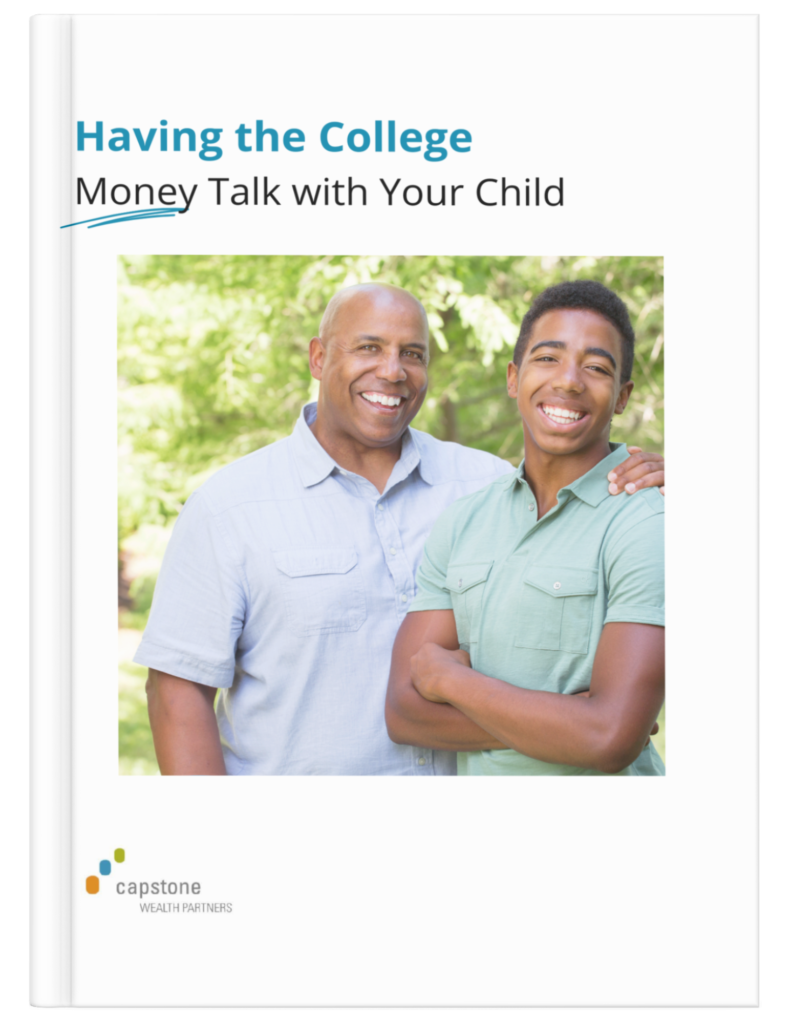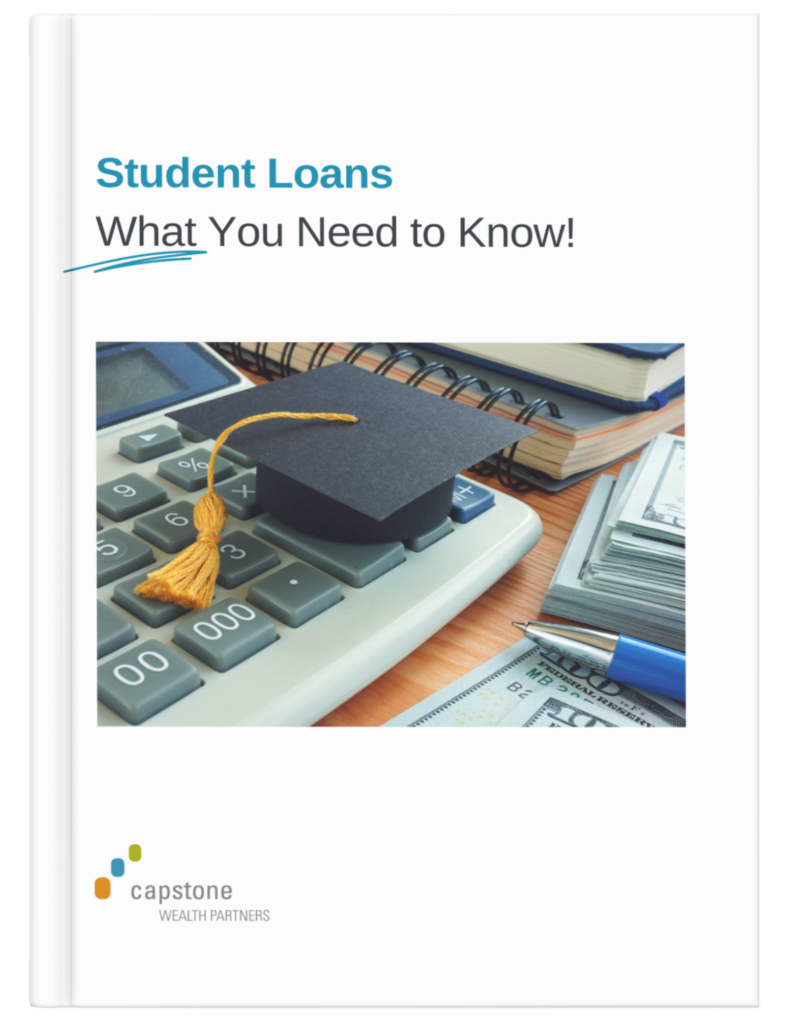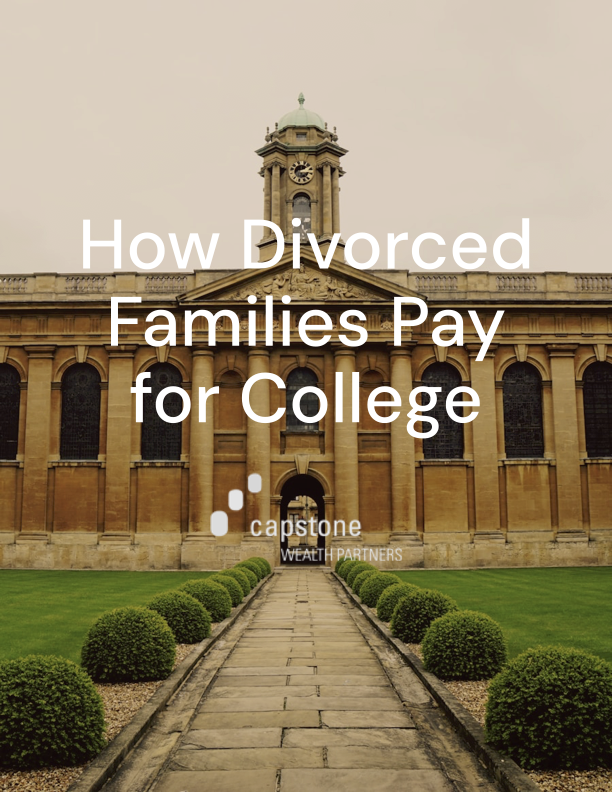
Choosing a college is an emotional decision. You and your child will likely disagree on budget, location, and more.
Having a pragmatic money conversation as a family will ensure students graduate with manageable student loan debt without robbing mom and dad’s retirement.
In this ebook, you will learn how to have a great money conversation with your college-bound student, by:
Openly discussing budget, loans, and expectations
Deciding how much of the financial responsibility your child will take on
Choosing a college that matches your student academically and financially
Exploring the financial realities of life after college

Without a well-thought-out plan for how to pay for college and a smart lending strategy, the college dream is all too often becoming the college nightmare. You are going up against higher education, the federal government, and Wall Street.
Colleges set the prices, and the Federal Government and Wall Street set the terms and conditions of your loans. If you aren’t careful, they will chew you up and spit you out.
Here are the facts from the Education Data Initiative as of May 2023:
Don’t beat yourself up if your kids have to contribute to the cost of college with a responsible amount of debt. The reality is that 7 in 10 college graduates have student loans, and it is simply part of the process for most families. To be clear, we are not anti student loans, we are anti too much student loans.
It is critical that you have an understanding of how you will pay for all four years of undergrad, including the total amount of student loans you will have to take as well as your student loan payment upon graduation. Not all student loans are created equal, and having a smart lending strategy can save you thousands in interest and fees.
Before you or your child takes on any debt to pay for college, you should have an understanding of how these loans work, including types of loans, repayment options, interest rates, and more.
In this ebook, you will learn what you need to know about taking out student loans, including:

Between tuition, fees, room and board, books, and personal expenses, college costs can quickly add up. The all-in sticker price for one year of undergrad at a 4 year in-state public college is over $25,000. If you’re considering a private college, that number can exceed $90,000 for one year. The good news is that if you are an informed consumer you will never pay full price.
With this big of an investment, you want to make sure you’re getting the best deal and not paying more than you have to. Fortunately, there are several ways you can cut college costs.
In this resource, you’ll discover:

Many people don’t realize that the effects of divorce can carry over into your financial aid when it comes to paying for college.
If you have a college-bound student, you need to know how your divorce impacts your college bottom line. But it doesn’t have to have a negative impact. If you understand the financial aid system, your divorce can actually work to your benefit.
In this ebook, you’ll learn more about how divorce impacts paying for your student’s education, by:
Register for “How Do Divorced Families Pay for College?”